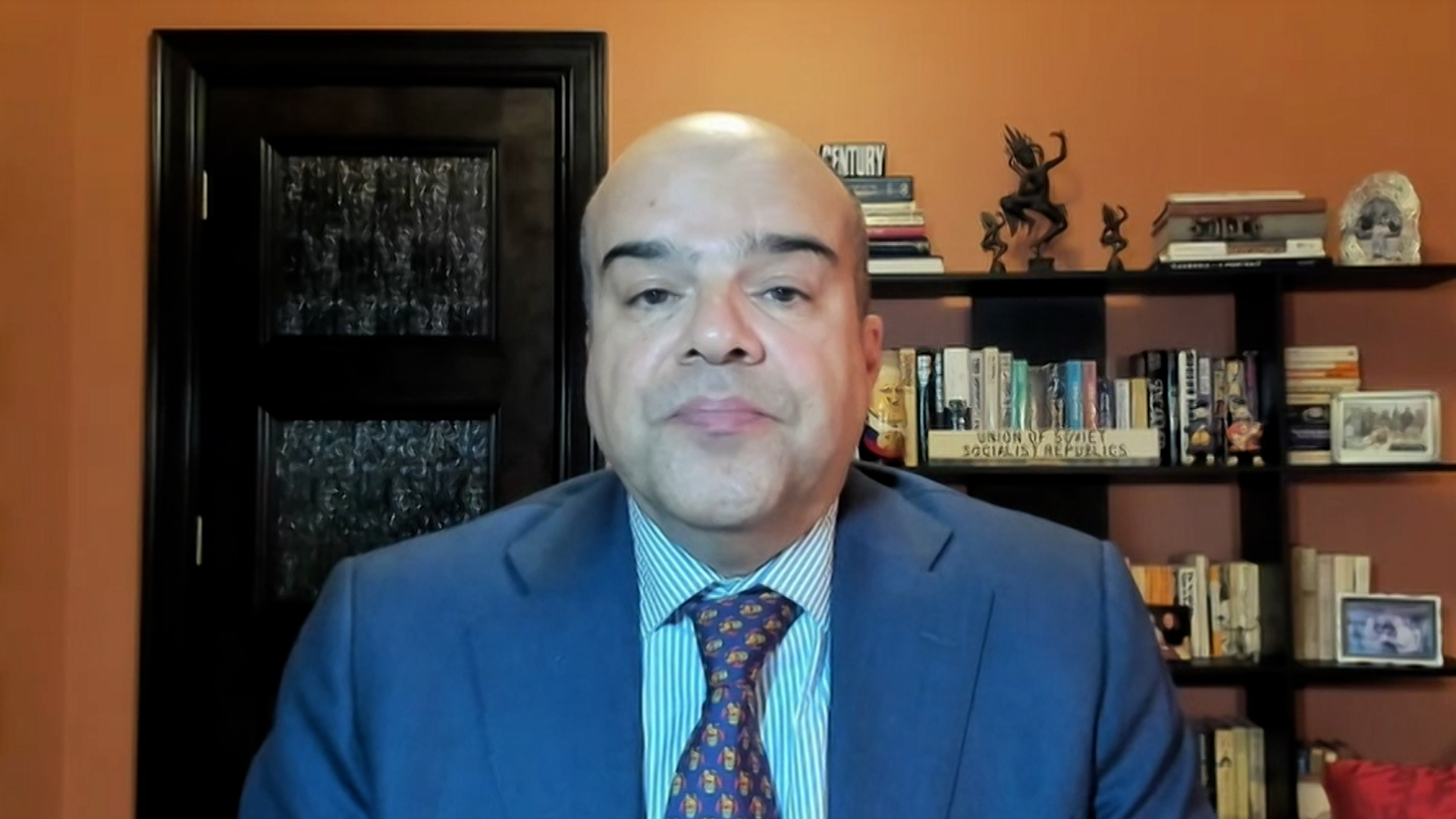Russian officials says the plane crashed over the southern Stavropol region due to a technical malfunction. Ukraine’s air force says
TECHNOLOGY

Fintech CRED secures in-principle approval for payment aggregator license
CRED has received the in-principle approval for payment aggregator license in a boost to the Indian fintech startup that could

Internet users are getting younger; now the UK is weighing up if AI can help protect them
Artificial intelligence has been in the crosshairs of governments concerned about how it might be misused for fraud, disinformation and

Hugging Face releases a benchmark for testing generative AI on health tasks
Generative AI models are increasingly being brought to healthcare settings — in some cases prematurely, perhaps. Early adopters believe that

I tested Samsung’s flagship laptop and it gave my MacBook Pro a run for its money
Samsung Galaxy Book 4 Ultra pros and cons Pros Large OLED touchscreen display High-performance laptop with discrete GPU Fantastic battery

Tesla still plans to build 1,800-mile charging corridor for semi trucks despite Biden funding snub
Tesla is pushing forward with a plan to build an electric big rig charging corridor stretching from Texas to California,
World

Ukraine says it shot down Russian strategic bomber after strike kills nine | Russia-Ukraine war News
Russian officials says the plane crashed over the southern Stavropol region due to a technical malfunction. Ukraine’s air force says














